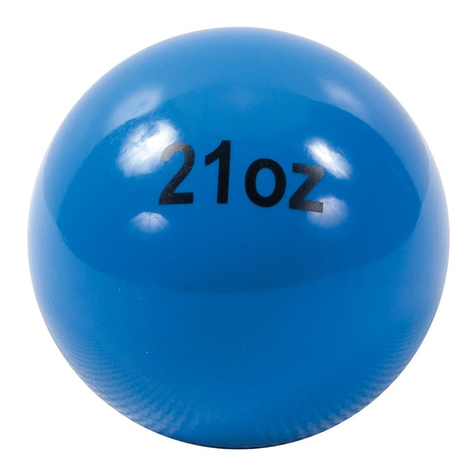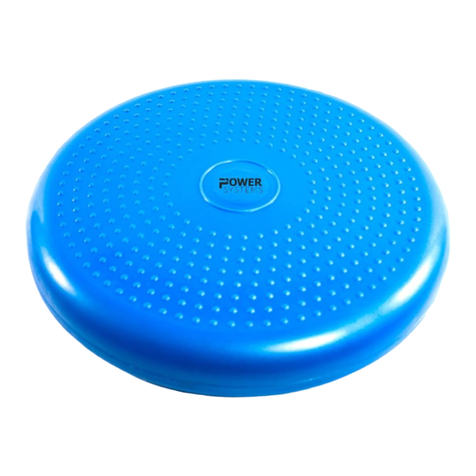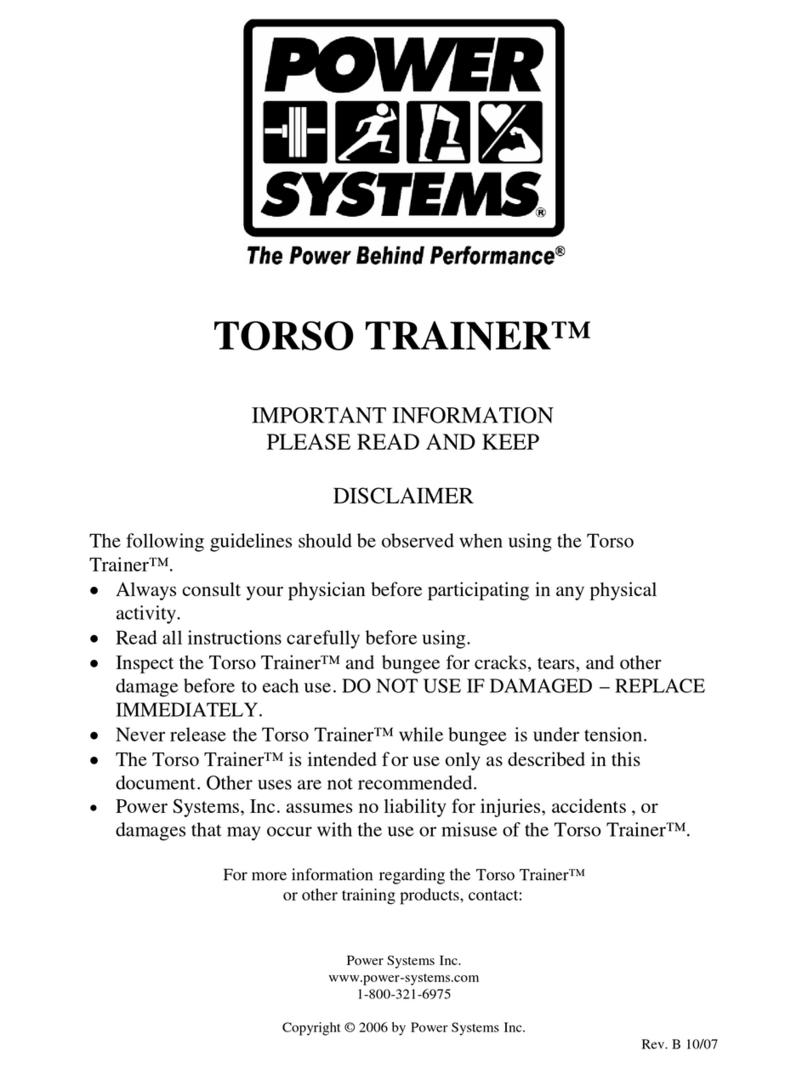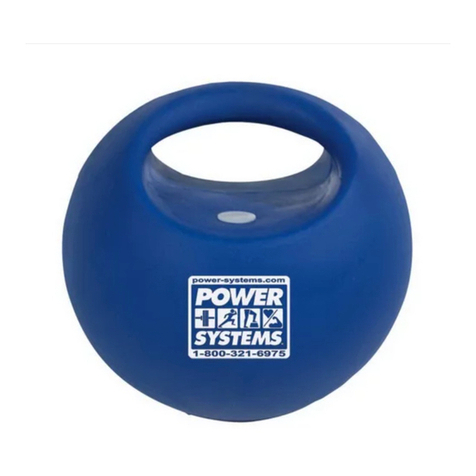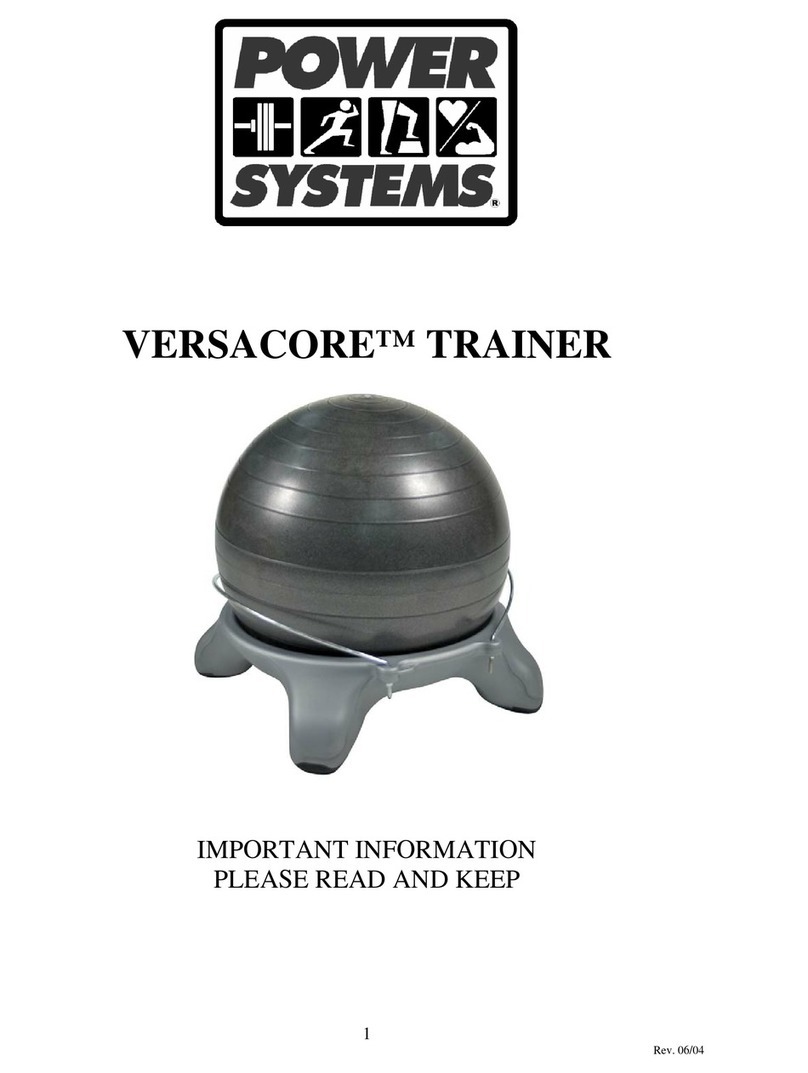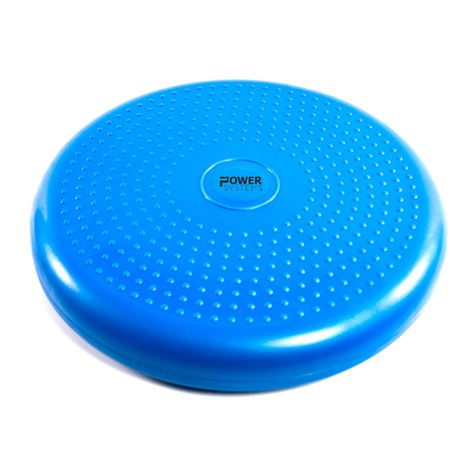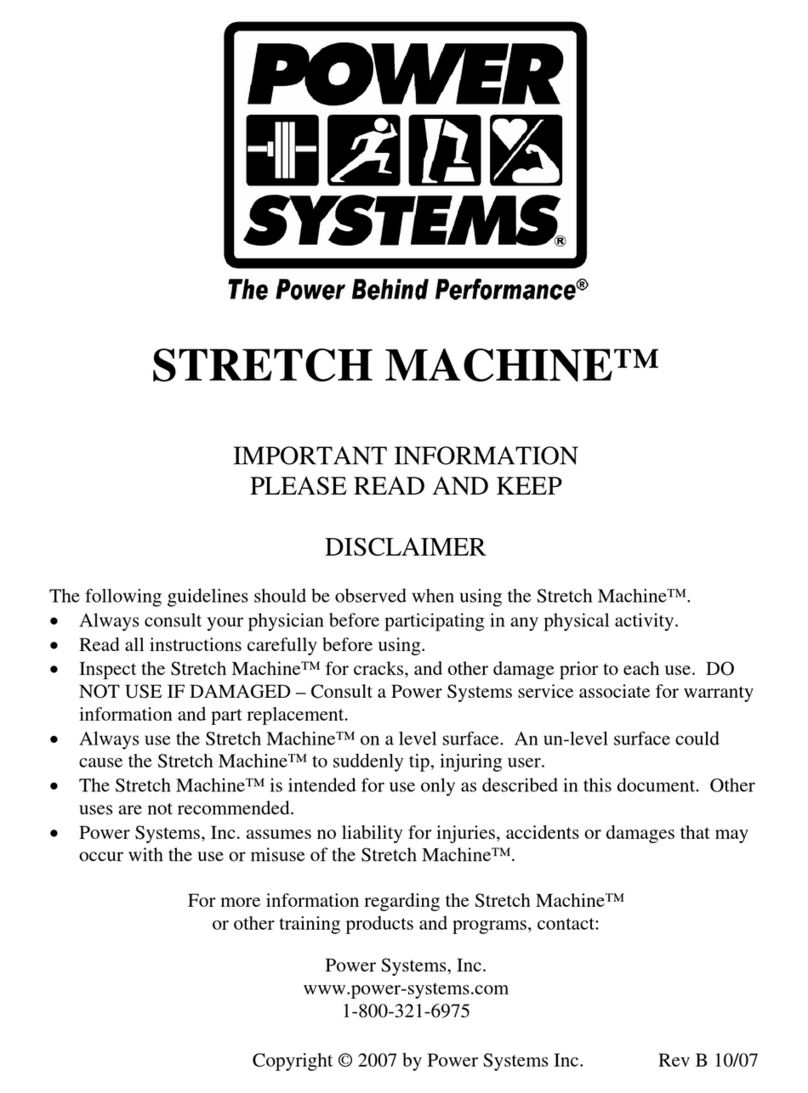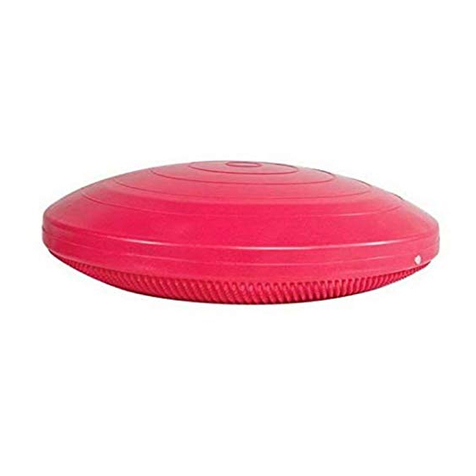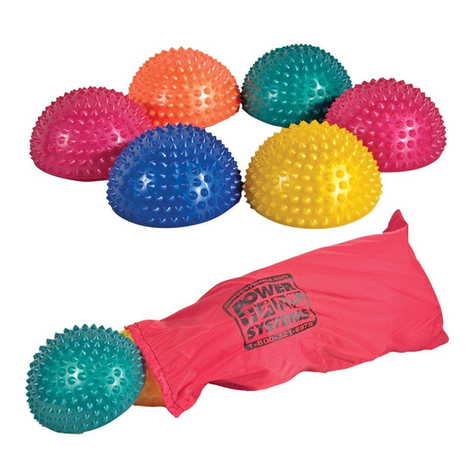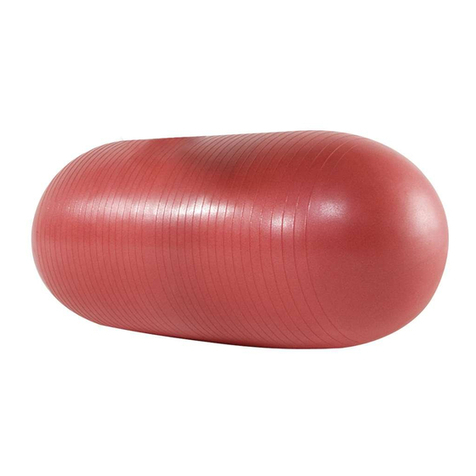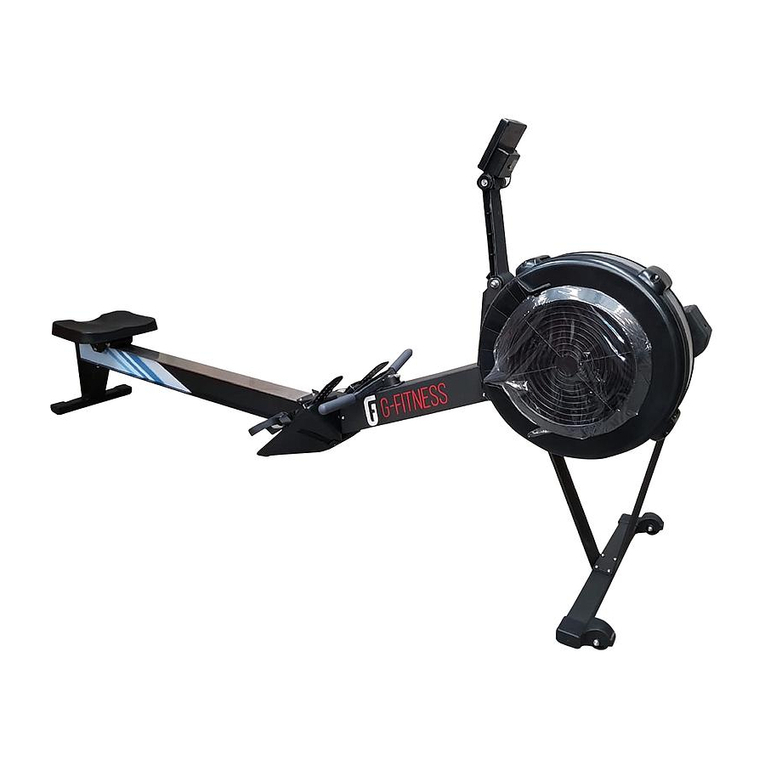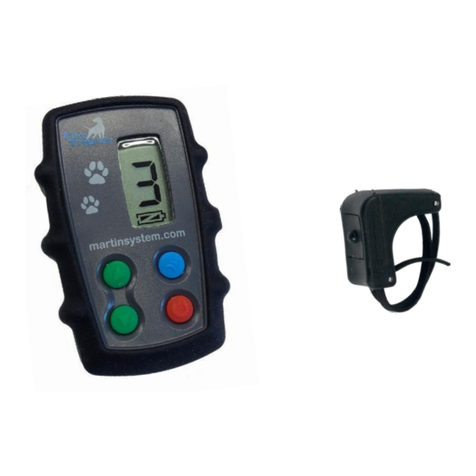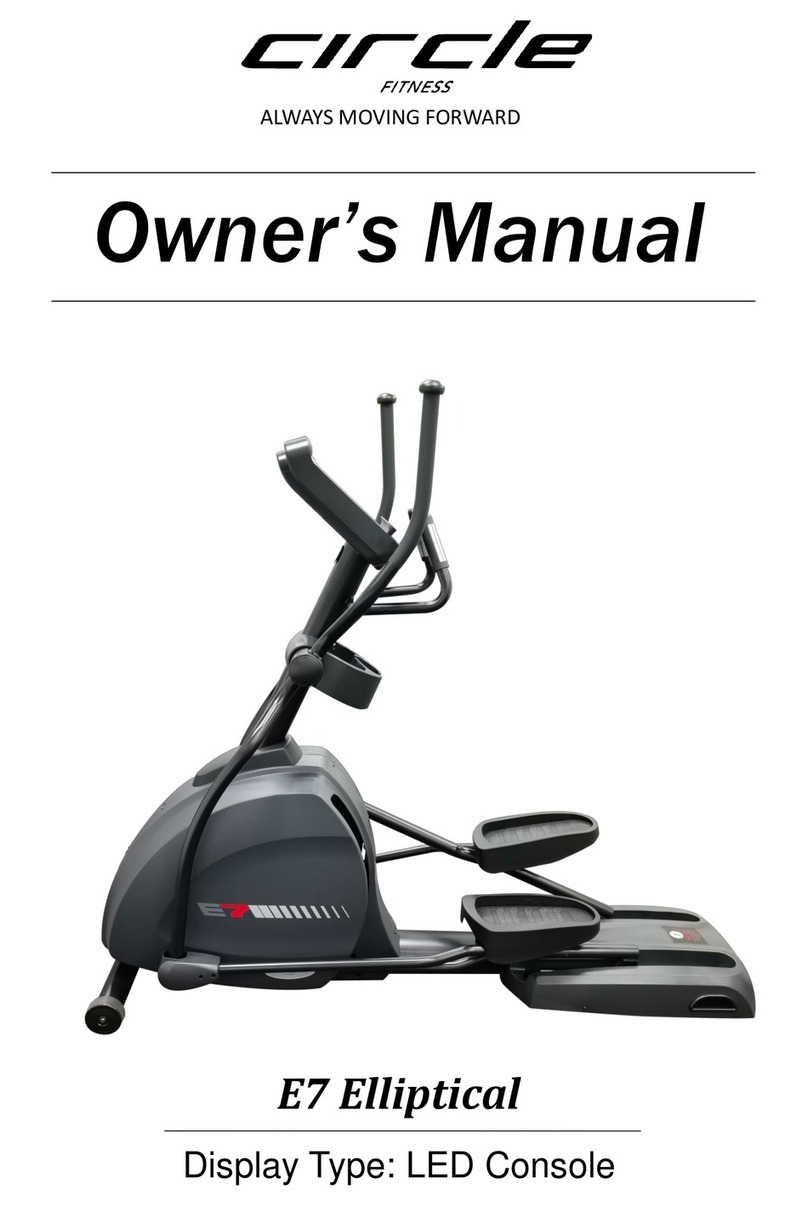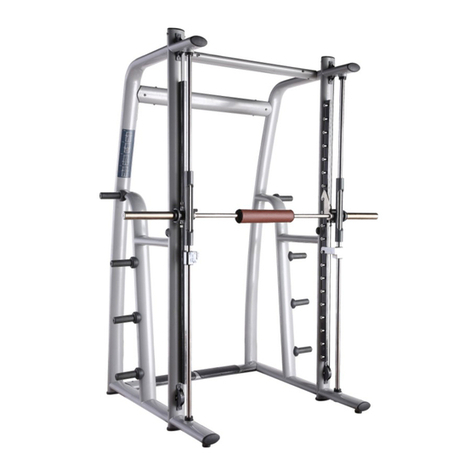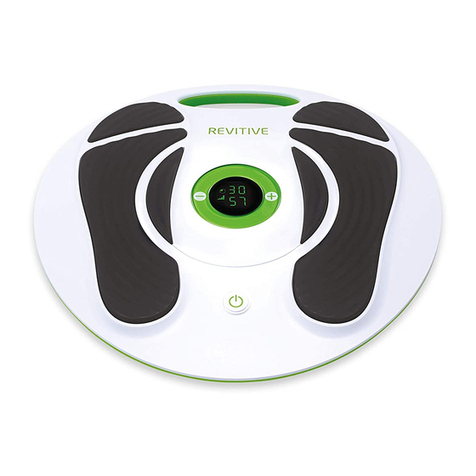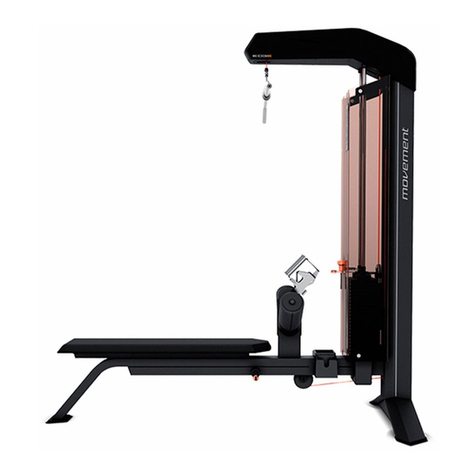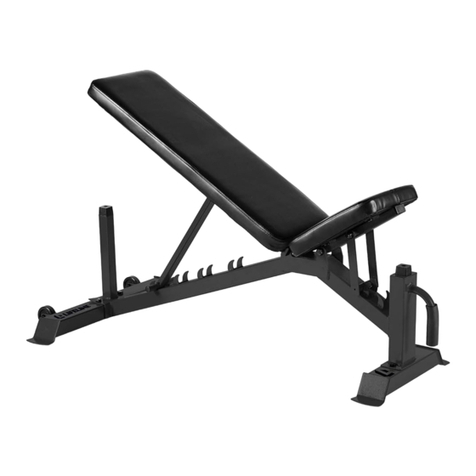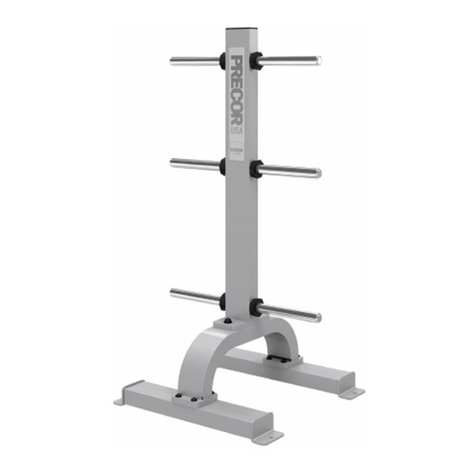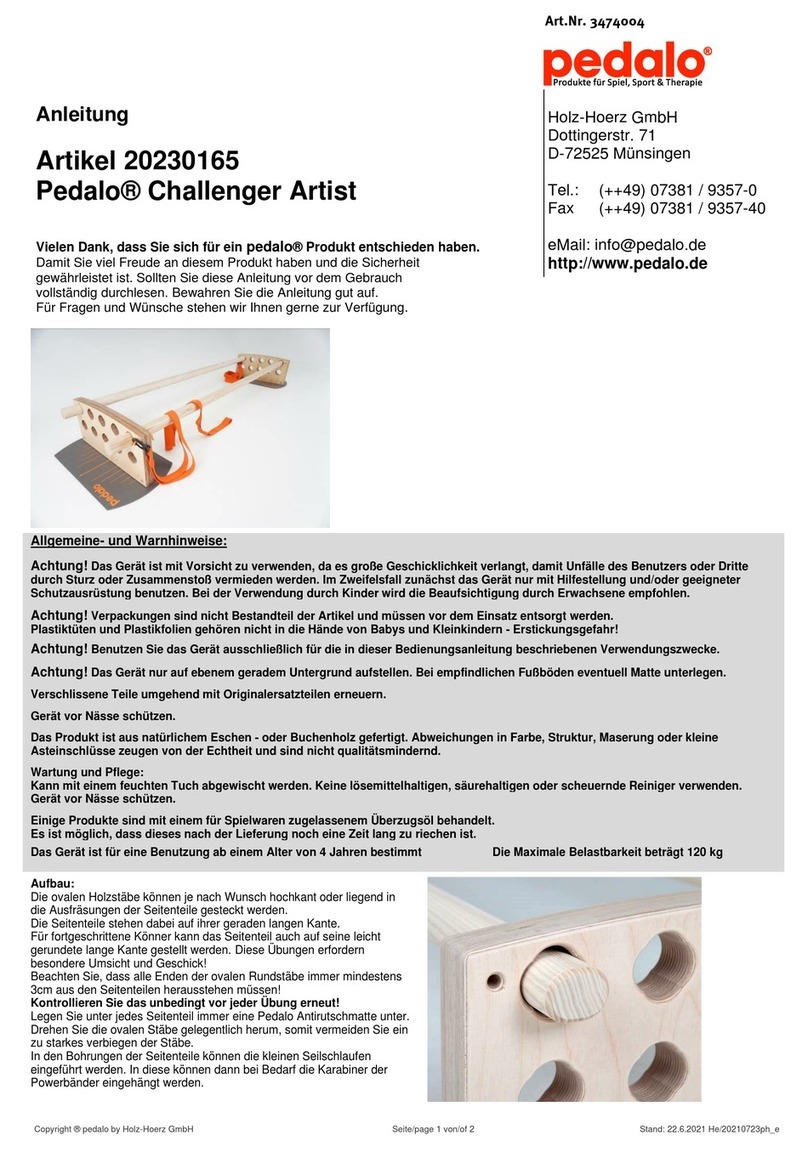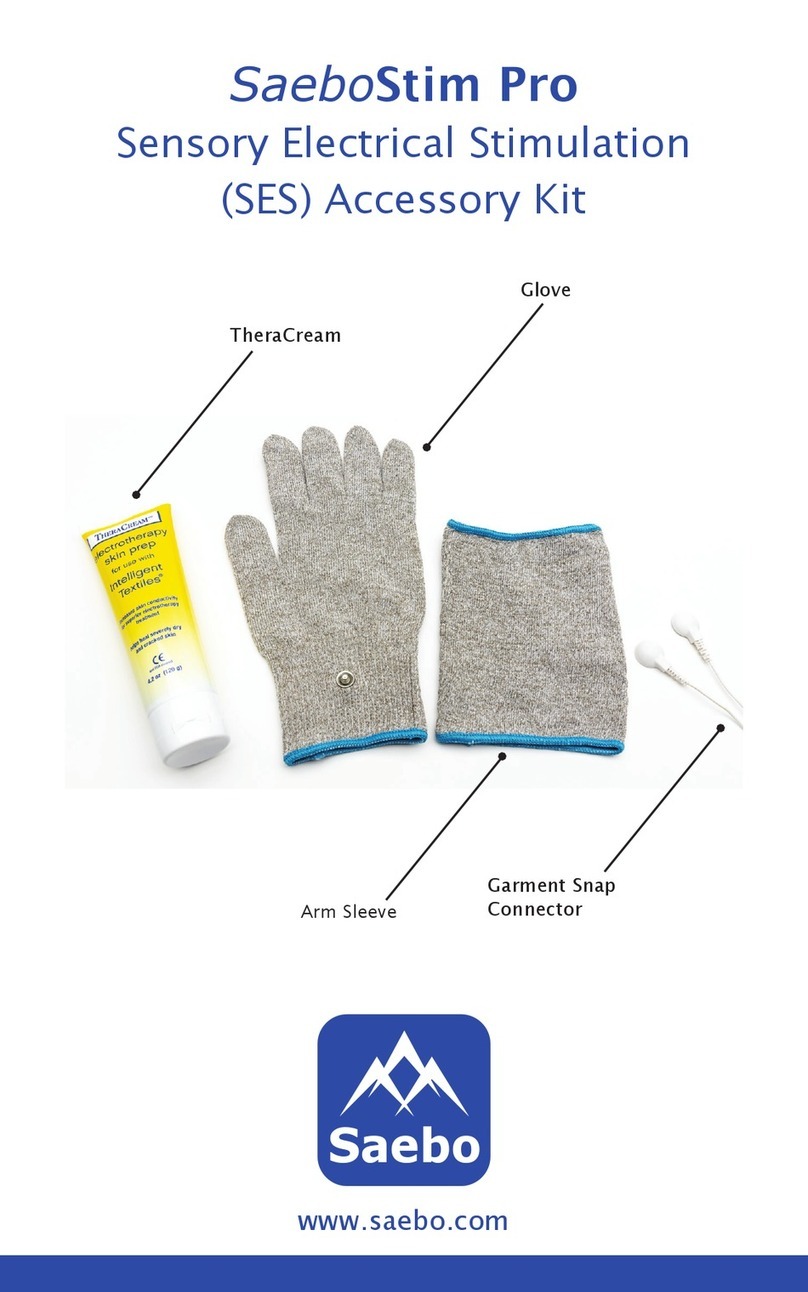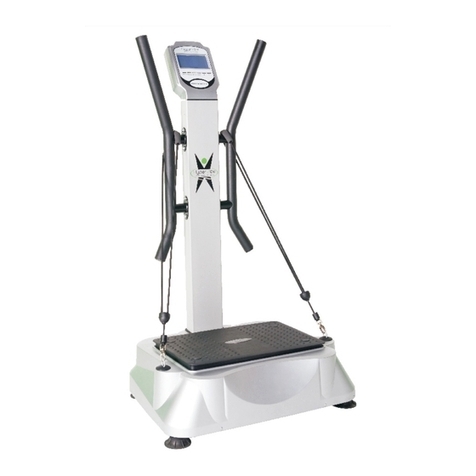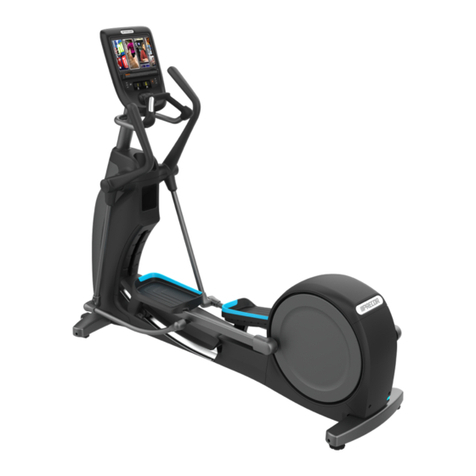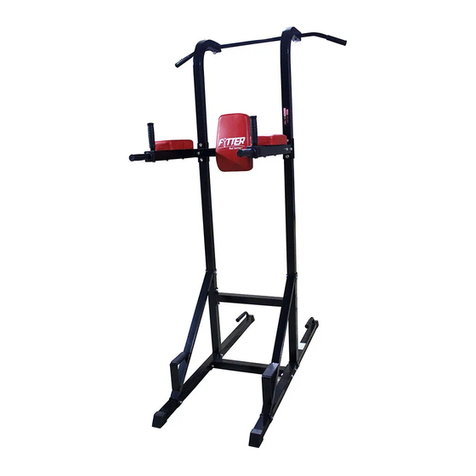
Power Systems Inc.
www.power-systems.com
1-800-321-6975
Copyright © by Power Systems Inc.
Rev B 10/07
POWER SYSTEMS, INC. ASSUMES NO LIABILITY FOR INJURY OR
DAMAGES THAT MAY OCCUR WITH USE OF THIS PRODUCT. POWER
SYSTEMS WARRANTS THAT THE DESIGN OF THE POWER
VERSABALLS/STABILITY BALLS IS IN CONFORMANCE WITH ALL
APPLICABLE DESIGN STANDARDS, RULES, SPECIFICATIONS,
REGULATIONS AND PRODUCT QUALITY STANDARDS APPLICABLE TO
SUCH POWER VERSABALLS/STABILITY BALLS, THE INDUSTRY USING
THE POWER VERSABALLS/STABILITY BALLS AND AT THE TIME OF
SALE, THE POWER VERSABALLS/STABILITY BALLS SHALL BE FREE
FROM DEFECTS IN WORKMANSHIP OR MATERIALS. POWER
SYSTEMS EXPRESSLY DISCLAIMS ALL WARRANTIES OF ANY KIND
RELATED TO THE POWER VERSABALLS/STABILITY BALLS OR THEIR
SPECIFICATIONS OR DESIGNS, WHETHER EXPRESS, IMPLIED OR
STATUTORY, INCLUDING WITHOUT LIMITATION THE IMPLIED
WARRANTIES OF TITLE, MERCHANTABILITY AND FITNESS FOR A
PARTICLUAR PURPOSE.
Inflation Instructions
The Power VersaBall®is a unique stability ball that can be custom inflated from
55 to 75 cm to meet the needs of the majority of users. Please refer to the chart
below for assistance in determining what size to inflate the Power VersaBall®.
IMPORTANT: Balls must be only partially inflated (80% full) and left
unused for a period of 24 hours before first use. After 24-hour waiting
period, balls can be inflated to the maximum size and used. Failure to
inflate properly can result in ball deformation.
Balls must be measured when inflating to insure the correct diameter of the ball.
Mark a line on the wall the distance from the floor that you need your ball
diameter to be. A size chart with conversions from centimeters to inches is
provided below:
User Height Recommended Ball
Size
Approximate
Diameter at 80% of
Maximal Inflation
Final Diameter
After 24 Hours
5'1" to 5'7" 55 cm 44 cm or 17.5" 55 cm or 22.0"
5'8" to 6'1" 65 cm 52 cm or 20.5" 65 cm or 25.5"
6'2" to 6'7" 75 cm 60 cm or 23.5" 75 cm or 29.5"
Hold a yardstick as level as possible on top of the ball while inflating. When the
yardstick is level with the mark on the wall, your ball is inflated to its maximum
diameter. Once the ball is properly inflated, fully insert the plug to seal the ball.
Balls can be used slightly under inflated to fit the individual user; however, never
over inflate the exercise ball. Never use sharp objects such as scissors or knives
to remove the plug.
